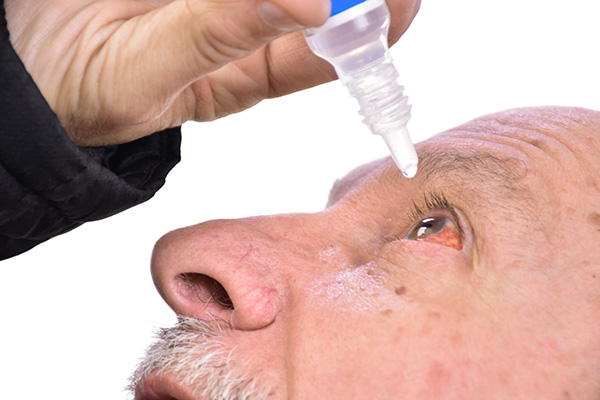“Pink eye” is a term that may sound scary, but this common eye problem typically is easily treated and, with a few simple precautions, can often be avoided.

Anyone can get pink eye, but preschoolers, schoolchildren, college students, teachers and daycare workers are particularly at risk for the contagious types of pink eye because they work closely with others in the classroom.
Pink eye — also called conjunctivitis — is inflammation of the thin, clear covering of the white of the eye and the inside of the eyelids (conjunctiva).
Anything that triggers inflammation will cause these conjunctival blood vessels to dilate. This is what causes red, bloodshot eyes.
Conjunctivitis can have several causes, but many eye doctors use the term “pink eye” to refer only to viral conjunctivitis, a highly contagious infection caused by a variety of viruses.
The primary types of conjunctivitis are:
- Viral conjunctivitis. Caused by a virus, like the common cold. This type of pink eye is very contagious, but usually will clear up on its own within several days without medical treatment. Symptoms include, but not limited to watery, itchy eyes, sensitivity to light, highly contagious; can be spread by coughing and sneezing. One or both eyes can be affected. In most cases, viral conjunctivitis will run its course over a period of several days and no medical treatment is required or indicated. A home remedy of applying a cold, wet washcloth to the eyes several times a day can relieve symptoms. (Due to the highly contagious nature of this type of pink eye, be sure not to share this washcloth with others!)
- Bacterial conjunctivitis. Caused by bacteria, this type of conjunctivitis can cause serious damage to the eye if left untreated.
Symptoms can be a sticky, yellow or greenish-yellow eye discharge in the corner of the eye. In some cases, this discharge can be severe enough to cause the eyelids to be stuck together when you wake up. One or both eyes can be affected. Contagious (usually by direct contact with infected hands or items that have touched the eye). Your eye doctor typically will prescribe antibiotic eye drops or ointments for the treatment of bacterial conjunctivitis. - Allergic conjunctivitis. Caused by eye irritants such as pollen, dust and animal dander among susceptible individuals. Allergic conjunctivitis may be seasonal (pollen) or flare up year-round (dust; pet dander). Symptoms include watery, burning, itchy eyes; often accompanied by stuffiness and a runny nose, and light sensitivity. Both eyes are affected. Not contagious. Allergy medications often can help prevent or shorten bouts of allergic conjunctivitis. Sometimes these medications must be started before allergy season or allergy flare-ups begin.
Now that you know the basics about viral pink eye and other forms of conjunctivitis, what can you do to protect yourself and your kids from it?
Here are 10 simple precautions you can take to significantly reduce your risk of getting pink eye:
- Never share personal items such as washcloths, hand towels or tissues.
- Cover your nose and mouth when coughing or sneezing, and avoid rubbing or touching your eyes.
- Never (EVER) share your contact lenses with friends.
- Wash your hands frequently, especially when spending time at school or in other public places.
- Keep a hand disinfectant (e.g., Purell) handy and use it frequently.
- Frequently clean surfaces such as countertops, bathroom vanities, faucet handles and shared phones with an appropriate antiseptic cleaner.
- If you know you suffer from seasonal allergies, ask your doctor what can be done to minimize your symptoms before they begin.
- If you wear contacts, be sure to follow your eye doctor’s instructions for lens care and replacement, and use contact lens solutions properly or consider switching to daily disposable contacts.
- When swimming, wear swim goggles to protect yourself from bacteria and other microorganisms in the water that can cause conjunctivitis.
- Before showering, using a hot tub or being in water of any kind, remove your contact lenses to avoid trapping bacteria between your eyes and the lenses.
As always, don’t hesitate to call us, we’re always happy to answer any questions you may have!

